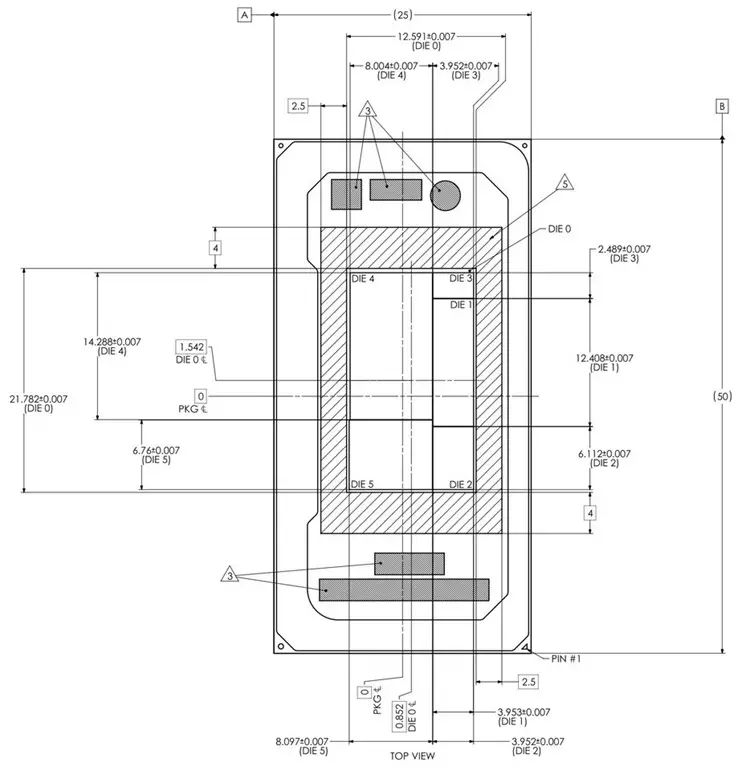
Last September, at the “Intel Innovation” summit held in San Jose, California, Intel CEO Pat Gelsinger unveiled the company’s client processor roadmap for the next two years during his keynote on innovation, confirming the arrival of Panther Lake in 2025. It is understood that next year’s Intel Core Ultra 300 series will consist of Arrow Lake Refresh and Panther Lake, the latter being focused on mobile platforms, akin to Lunar Lake.
Recently, netizens disclosed that Panther Lake will be available in three configurations:
- Panther Lake-U: 4P+0E+4LP-E+4Xe, TDP 15W
- Panther Lake-H: 4P+8E+4LP-E+12Xe, TDP 25W
- Panther Lake-H: 4P+8E+4LP-E+4Xe, TDP 25W
The CPU component of Panther Lake can feature up to 16 cores, while the GPU can have up to 12 Xe cores. Notably, chips aimed at low-power devices will not include E-Cores, only a combination of P-Cores and LP E-Cores. Additionally, a schematic of the 12Xe version of Panther Lake-H has been released.

Panther Lake employs an innovative design approach, introducing a multi-module configuration with five distinct chips, three of which play crucial roles: “Die 4” includes the CPU and NPU; “Die 1” is dedicated to platform control (PCD); and “Die 5” comprises the GPU. The remaining “Die 2” and “Die 3” are primarily used for structural balance.
The next-generation Panther Lake will utilize Cougar Cove architecture for P-Cores and Skymont architecture for E-Cores, without support for hyper-threading technology. The integrated graphics will be based on the Xe3-LPG architecture, similar to the Arc Celestial discrete graphics. According to Pat Gelsinger during Intel’s Q1 2024 earnings call, Panther Lake’s NPU performance will see a significant boost from Lunar Lake, doubling its AI capabilities.


